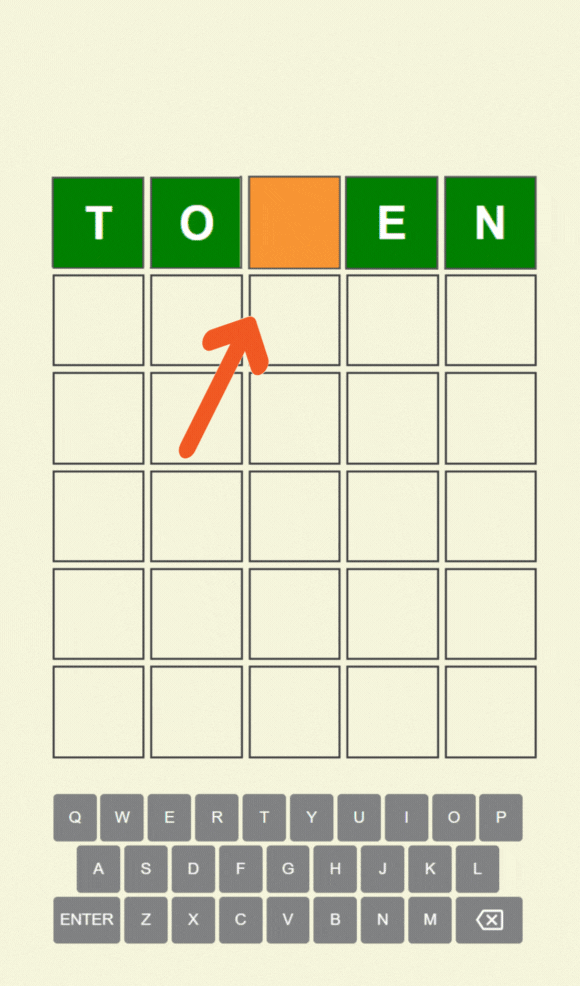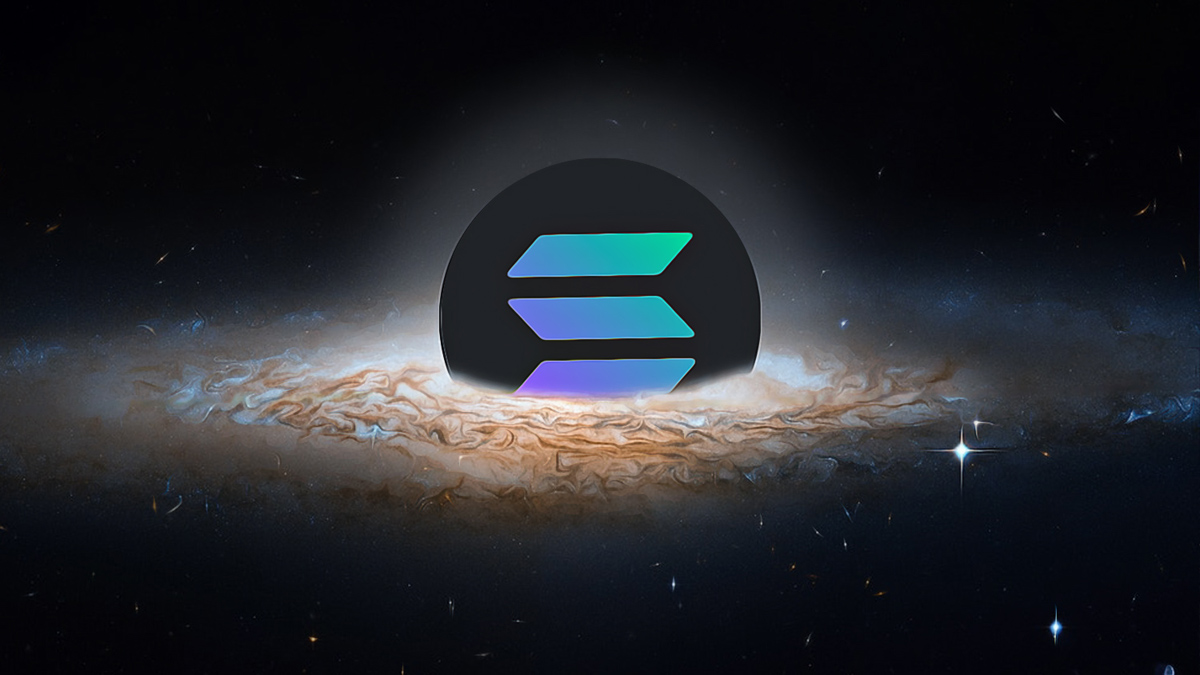In a recent update to its payment solution, Binance has designated the stablecoin USDC as the default currency for new users. This strategic move is part of broader measures aimed at facilitating quick and free transfer transactions on the platform.
Binance and Coinbase
Through Binance Pay, users are expected to have the capability to send and receive money instantly using USDC. The platform supports over 100 cryptocurrencies, providing a wide range of transaction options. This system modification is seen as a step towards simplifying the experience for new users.
During the FTX collapse, Binance and Coinbase were engaged in a sort of cold war. Mysterious and questionable statements made by CZ regarding Coinbase ended with Brian’s threat of legal action. Although Binance removed USDC pairs afterward, it signed agreements utilizing the Coinbase-supported stablecoin following Trump’s election, marking a significant strategy shift.
Official Statements
Circle, the issuer of USDC, announced via social media that making USDC the default currency offers significant advantages for users. The emphasis was placed on the ability to execute transactions without fees and the benefit of instant transfers.
Circle: “USDC is now the default currency for new Binance Pay users. This update allows users to execute instant and fee-free transactions.”
Jeremy Allaire (Circle CEO): “Binance’s move is a significant development that will further enhance the platform’s access to a global user base.”
In terms of market value, USDC stands out as the second-largest stablecoin, boasting an approximate valuation of $60 billion.
Following this development, Circle is reportedly preparing for an initial public offering (IPO) within the month, signaling new advancements in the financial markets. There are also indications that the company is in discussions with institutions like JPMorgan Chase and Citi regarding potential partnerships. Although the IPO seems postponed due to tariff issues, it is expected to occur in the medium term.
Recent developments illustrate the diversification of technology and financial solutions in the payment solutions sector. Users can now enjoy a more functional platform experience due to increased asset support and transaction ease.

 Türkçe
Türkçe Español
Español










